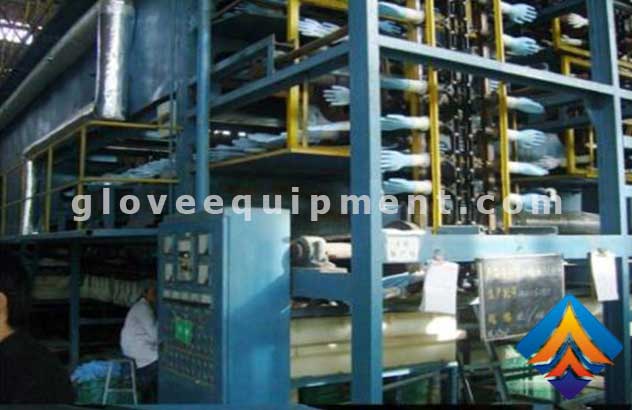According to foreign media news, the Malaysian Rubber Glove Manufacturers Association (MARGMA) pointed out that the rubber glove manufacturing industry will continue to grow in 2020. It is estimated that based on 2019 export revenue of 18.2 billion ringgits (about 30.7 billion yuan), Amounted to RM20.68 billion (about 34.9 billion yuan).
MARGMA Chairman Liu Zhaofu pointed out that this is driven by increasing global demand, and Asia and Africa will become the next largest growth region of the rubber gloves industry. “The global demand for rubber gloves this year is estimated to reach 300 billion pieces and is expected to grow by 12% annually.”Liu Zhaofu said that Malaysia is the world’s largest producer and major exporter, accounting for 63% of global supply, about 188 billion. According to statistics, from January to August this year, the total export value of Malaysian rubber gloves reached RM11.3 billion, a decrease of 2.4% over the same period last year.
“However, with climate change and the end of the holiday season, market demand has begun to pick up since September. This is mainly due to the relationship between low global demand-side inventory clearance and inventory replenishment at the end of the year. It is expected that export volume will be from November to December More. Therefore, total export revenue in 2019 is expected to increase by 2.6% from RM17.74 billion in 2018 to RM18.2 billion. ”

Latex Gloves Production Line
Looking forward to 2020, he believes that the price of rubber gloves will increase by 10% to 15% in 2020 due to the increase in natural gas and water prices and higher minimum wages, and these will be passed on to international consumers.
Liu Zhaofu also said that Malaysia is no longer the largest exporter of rubber gloves, and its biggest competitor is Thailand. However, Malaysia has sound infrastructure, skilled technology, and a good government operating environment, and is not afraid of competing with Thailand.
He disclosed that many large manufacturers have realized automated production, they use latex gloves production line, but not all procedures can be automated, and still rely on human resources. Manufacturers with high productivity are expected to achieve the production efficiency of 1.5 million rubber gloves for 1.5 workers next year.


